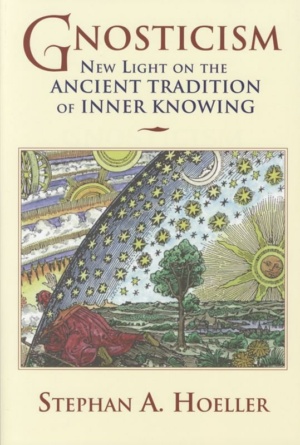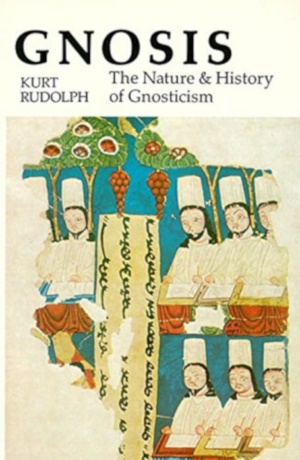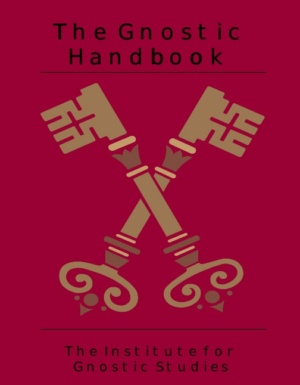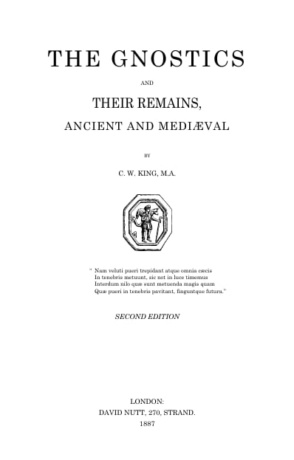Skip to content
"Gnosticism developed alongside Judeo-Christianity over two thousand years ago, but with an important difference: It emphasizes, not faith, but direct perception of God--Gnosticism being derived from the Greek word gnosis, meaning "knowledge." Given the controversial premise that one can know God directly, the history of Gnosticism is an unfolding drama of passion, political intrigue, martyrdom, and mystery. Dr. Hoeller traces this fascinating story throughout time and shows how Gnosticism has inspired such great thinkers as Voltaire, Blake, Yeats, Hesse, Melville, and Jung."...>>





